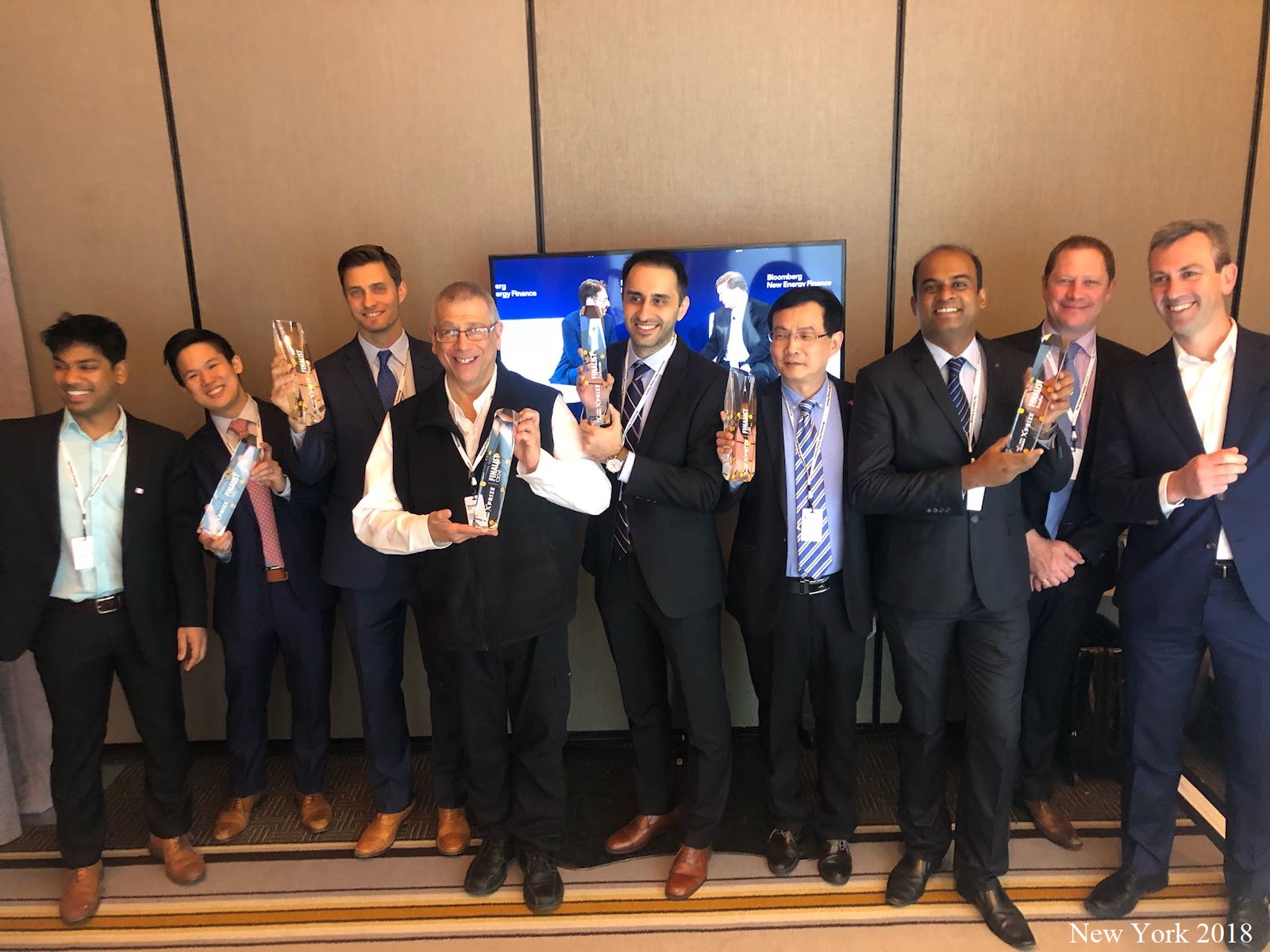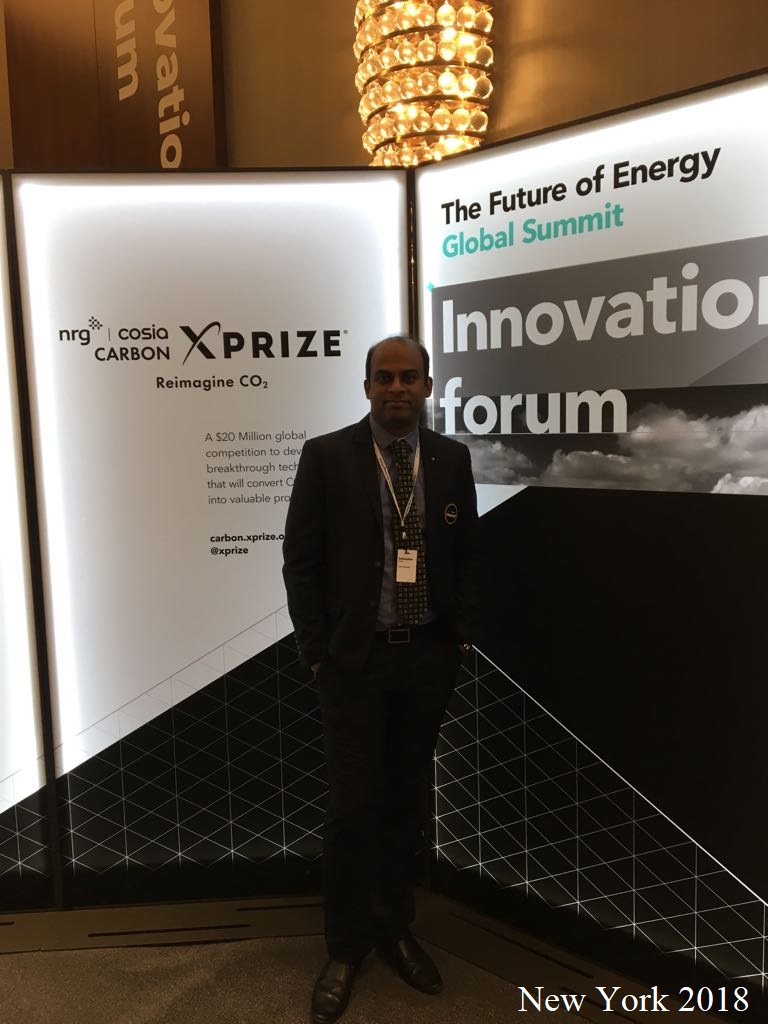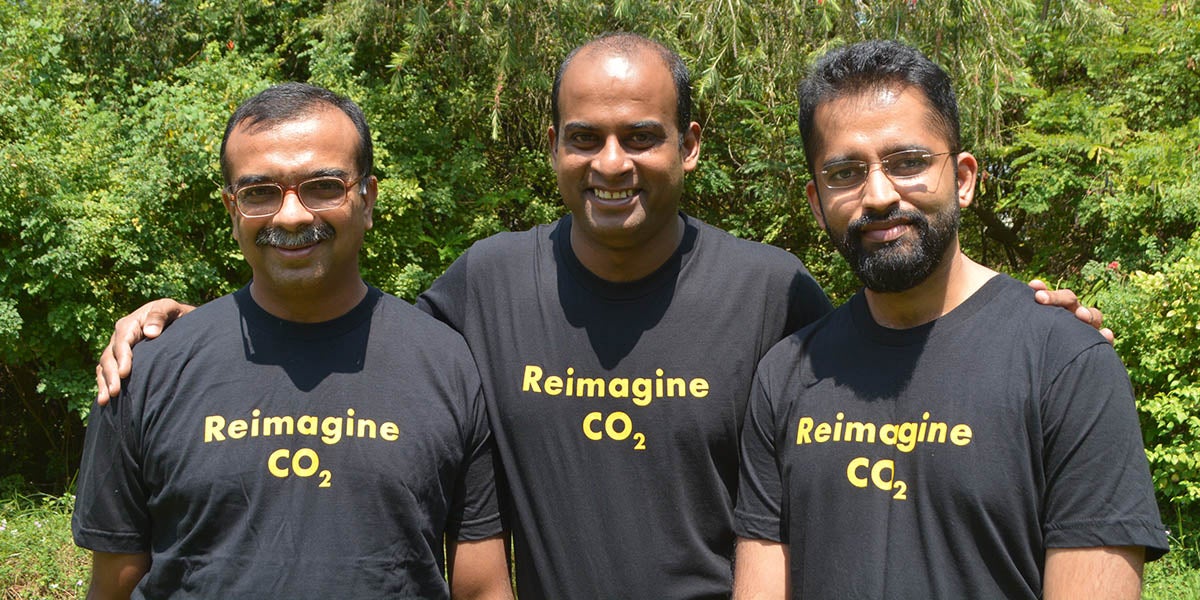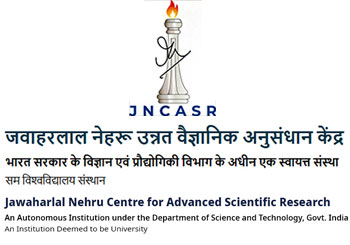The presence of multiple gases in the flue gas stream including moisture and air pollutants affect the efficiency and durability of the catalyst in CO2reduction reaction. Since it is expected to follow several complex reaction mechanisms, selective conversion to a desired chemical is one of the biggest challenges. In addition, CO2reduction process required H2, but sufficient generation of H2 is one of the biggest challenges to the human kind. In this competition, we propose a new strategy to design promising materials for the efficient and selective conversion of CO2into methanol. Using combined information obtained from experiments and first-principles calculations on alloys/intermetallic/bimetallics/core-shell materials based on low cost Cu, Ni, Fe catalysts, we will identify descriptors of catalytic activity using machine-learning algorithms. These will be used in further theoretical analysis to predict specific materials that hold promise for CO2reduction. The idea of the second metal to manipulate the electronic structure for the desired product via CO2reduction using H2, which will be generated via photocatalytic water splitting. The reduction process will be tested in labscale using simulated flue gas stream. The promising materials will be scaled upto the test real flue gas stream, which produced in the industry.

























